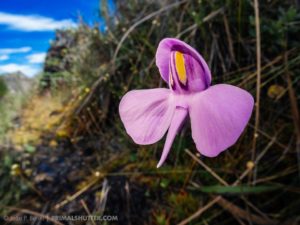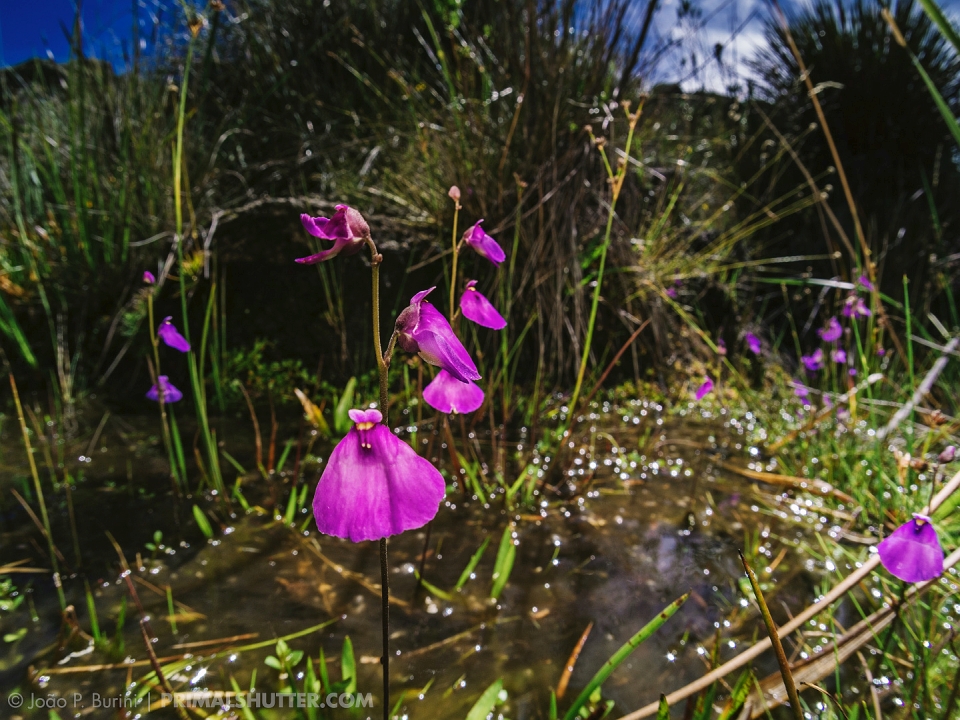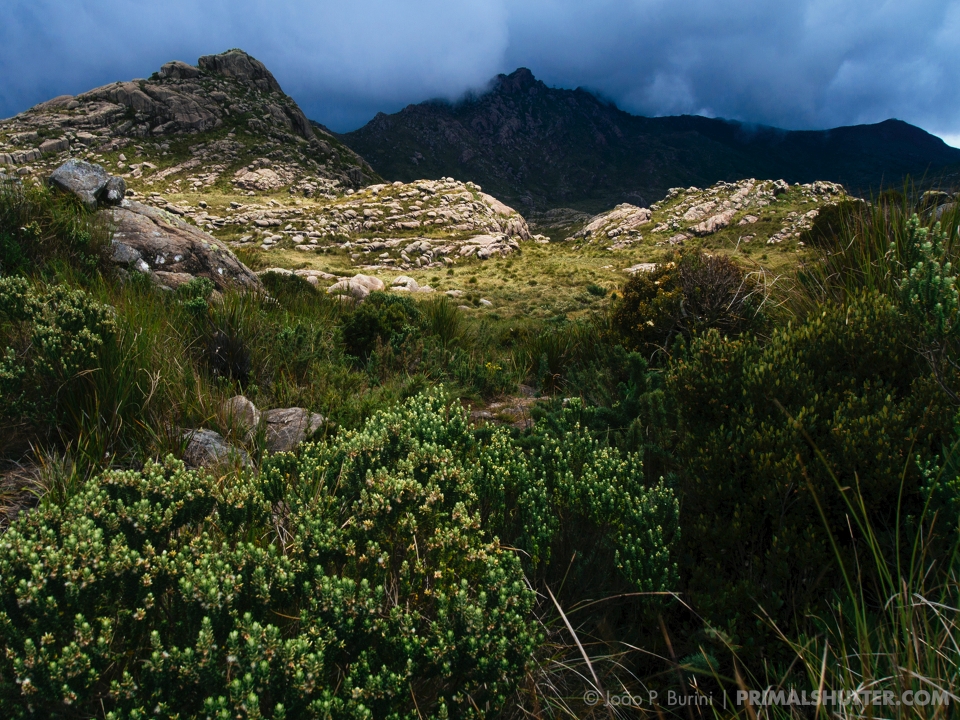I haven’t given much attention to plants here before, but these are granted to get interest even from bug-people like me. Utricularia (Lentibulariaceae, commonly named bladderwort) is the fastest and most diverse genus of carnivorous plants so far with more than 200 species, a lot of them have big and colorful flowers and for the average person this is all the credit they get, I found it’s common to be met with surprise when you tell someone they’re carnivorous plants, looking nothing like flytraps of pitchers.
Part of the lack public knowledge about this is due their traps being hidden underwater or damp soil, they’re rootless aquatic plants depending on small creatures like zooplankton to capture nutrients in poor substrate, the traps are modified leaves looking like small pitchers, prepared to suck prey inside by pumping out water and causing decompression inside. The trap is activated after the triggers outside the opening are touched, and it’s so fast that only more recently with high speed cameras we are able to see them at work
The highlands of Itatiaia in Brazil make a rocky landscape with lots of water bodies and a thin soil layer, so it’s no surprise to see Utricularia thriving there along other carnivorous plants species (Drosera), during wet seasons the pink bladderworth flowers are a common sight across the damp trails, and one of the highlights in the area to me.
List of bladderworts occuring in there as of 2017:
Utricularia geminiloba
Utricularia gibba
Utricularia praelonga
Utricularia pubescens
Utricularia reniformis
Utricularia subulata
Utricularia tricolor
Utricularia tridentata




